THE ART OF SLOW SWIMMING: WHY YOU NEED TO SLOW DOWN TO GET FASTER
We are caught up in a fast-paced society, often forgetting to stop and think. This causes us to do things over and over without realizing that there might be a smarter way.
As a swimmer, you should always be trying to explore new things, whether it's swimming backstroke, morning practices, or working out on your bus ride.
But the thing I want to talk about today is really outside the norm for most: slow swimming. I believe that learning to swim slow is one of the hardest things you will ever learn.
Why in the hell would you want to do that? Let me explain.
Dive Into: The Power of Slow Swimming
- The "Learning to Write" Analogy
- The Problem: Why We Rush (and Sink)
- The Solution: How to "Fake" It
- The Challenge: Increase Your Time
- Frequently Asked Questions
The "Learning to Write" Analogy
Let’s go back to your early years when you were learning to write. None of us started writing at the speed we write now.
We started by slowly practicing and perfecting each pencil stroke until we became proficient in every letter. Then we started to combine them to form words, then sentences, and finally our fast, efficient signatures.
Swimming is the same. Since it is composed of so many small moving parts, it becomes a complex form of exercise. Slowing it down is the only way to master the individual "letters" of the stroke before you try to write "sentences" (laps).
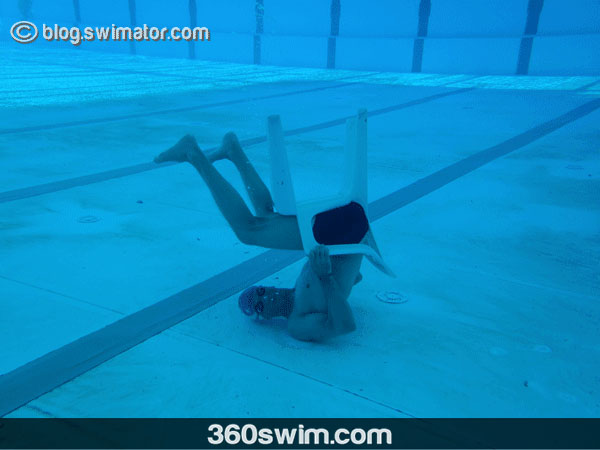
The Problem: Why We Rush (and Sink)
Rushing leads to disasters and frustration. Breaking down the stroke is great, but unless you can slow down to work on every single movement, it won't work well.
The problem is the water element.
In writing, you can write slowly without consequence. In swimming, if you move too slowly, you lose the dynamic lift of the water and you sink. We feel like we have to move fast just to stay afloat, which causes us to skip the actual learning phase.
Slowing down acts as a lie detector test for your swimming. If there is something wrong with your stroke (like poor balance), you will feel it right away because you won't be able to slow down without going underwater.
The Solution: How to "Fake" It
We can't all be the Tsar of swimming (Alexander Popov) right away, but we can fake it.
Use Fins.
At the start of your learning, think of it as doing the motion slowly while maintaining speed with your kick. Using fins will help you float better and keep your hips up. This allows you to move your arms in super-slow motion to work on the correct path and catch without the panic of sinking.
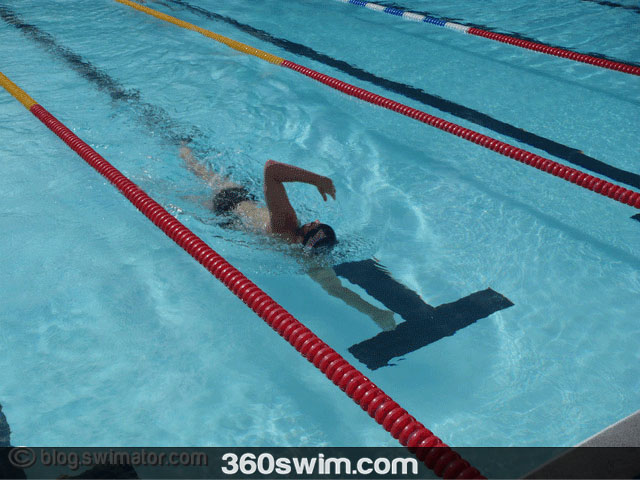
The Challenge: Increase Your Time
When you have mastered the basics, one of your ultimate goals should be to increase your time for a 50 or 75-meter swim.
You heard me right. I said INCREASE.
The longer it takes you to cross the pool (while maintaining a continuous freestyle stroke), the better off you are. It proves that your balance, coordination, and body control are excellent. It is a very similar principle to learning to swim backward. It forces mastery of the water.
🎥 Watch: Backward Freestyle in Action
Here is a video of backward freestyle in action:
So next time you are in the pool, include a "Slow 75" in your set. Don’t be sucked into the "need for speed" game. Learn to slow down, and you will see the improvement. I promise.
Frequently Asked Questions
Why should I swim slower if I want to get faster?
Speed comes from efficiency, not just effort. Swimming slowly allows you to isolate and perfect specific movements (like the catch or rotation) that are impossible to fix when you are rushing and fighting the water.
Won't I sink if I swim too slow?
Yes, that is the main challenge. When you slow down, you lose the lift generated by speed. This forces you to rely on perfect balance and core engagement to stay afloat. If you sink, it exposes a flaw in your body position.
How can I practice slow swimming without sinking?
The best 'hack' is to use fins. Fins provide enough propulsion to keep your hips and legs at the surface, allowing you to slow your arm movements down to super-slow motion to work on technique.
What is the 'learning to write' analogy in swimming?
Just as you learned to write by slowly perfecting individual letters before writing sentences, you must master the individual components of the stroke at slow speeds before you can put them together into a fast, efficient swim.
What is a good drill for slow swimming?
Try to increase the time it takes you to swim a 50 or 75. The longer it takes (while still swimming freestyle), the more control and balance you are demonstrating. It's a test of efficiency.
 LNURL1DP68GURN8GHJ7URP0YHRXD3SWDMKJMFWVDHK6TMVDE6HYMRS9A4HSCNCWFXSH3NN0H
LNURL1DP68GURN8GHJ7URP0YHRXD3SWDMKJMFWVDHK6TMVDE6HYMRS9A4HSCNCWFXSH3NN0H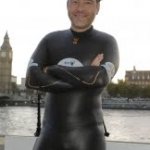

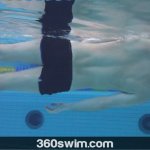

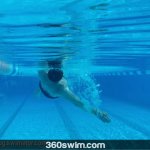





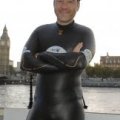

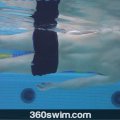

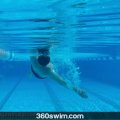







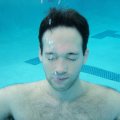
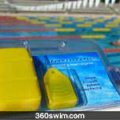


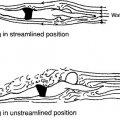
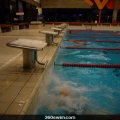
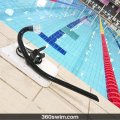



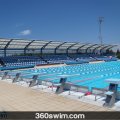
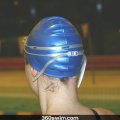
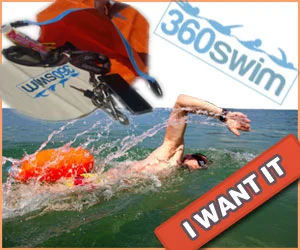

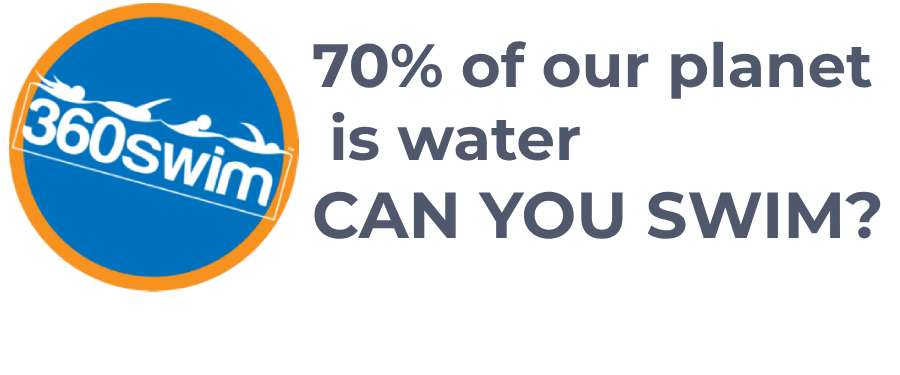
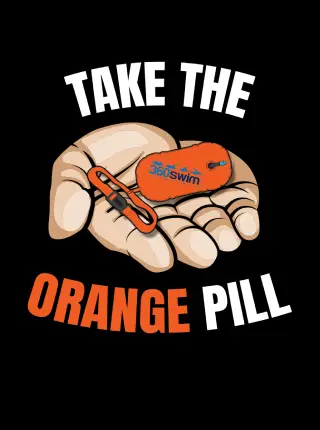
Comments (1)